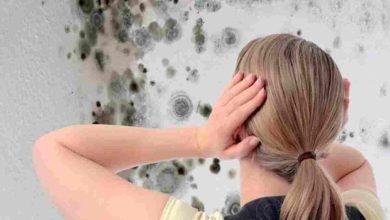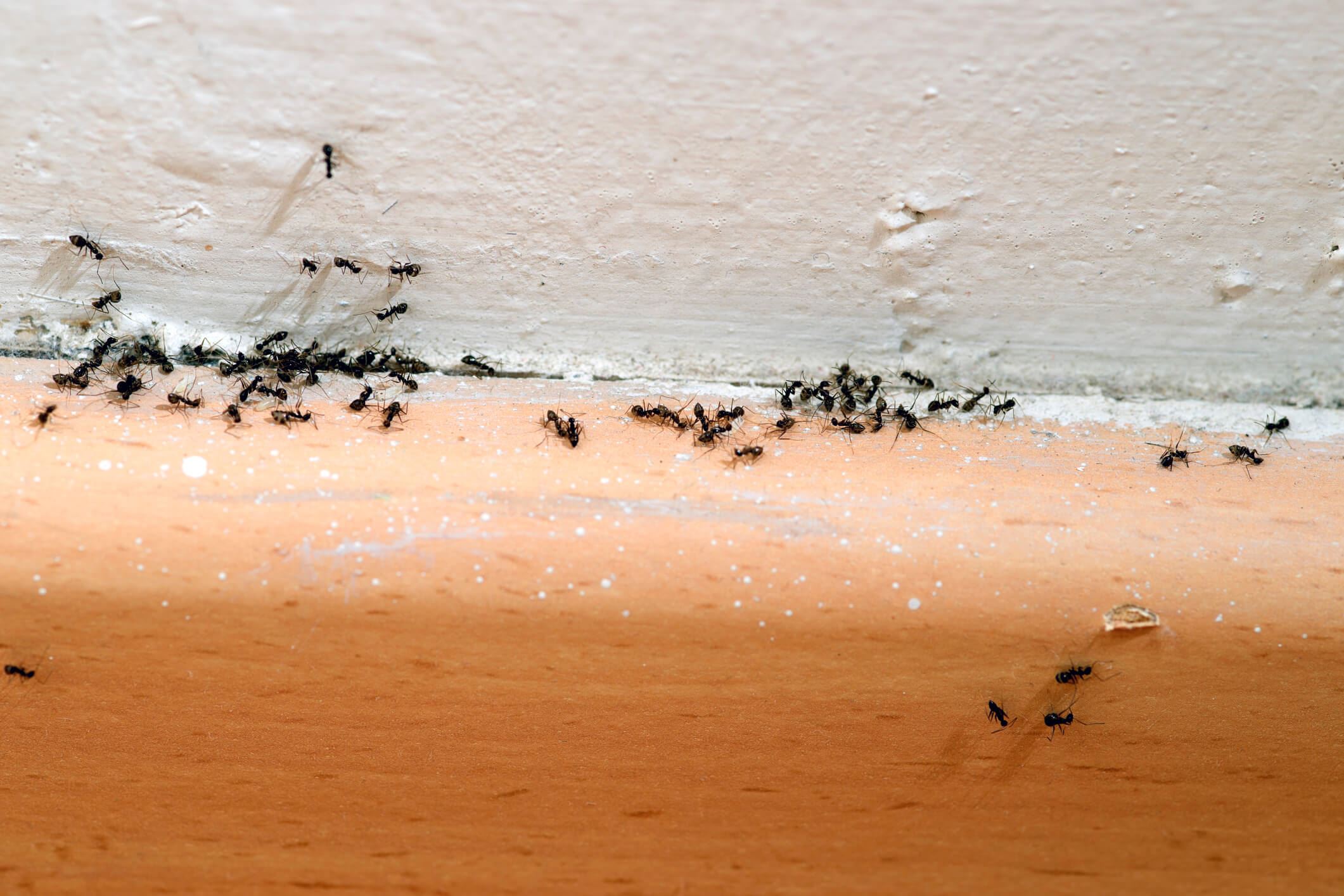How to Get Rid of Spring Bugs and Pests The Easy Way

Spring is a wonderful time of the year with blooming flowers, warm sunshine, and chirping birds. However, along with the pleasant weather, spring also brings along some unwelcome guests in the form of bugs and pests. These insects can cause damage to your property, spread diseases, and create a nuisance. Fortunately, there are some effective ways to get rid of spring bugs and pests. In this article, we will discuss some proven methods to keep your home pest-free this spring season.
Understanding the Common Spring Bugs and Pests
Before we delve into the methods to eliminate the bugs and pests, it is essential to know about the types of insects that are commonly found in the spring season. Some of the most common spring bugs and pests include:
- Ants
- Termites
- Spiders
- Bees and wasps
- Mosquitoes
- Ticks
- Fleas
- Cockroaches
- Flies
Preventing the Entry of Bugs and Pests
Prevention is better than cure, and the same applies to bugs and pests. By taking some simple steps, you can prevent the entry of these unwanted guests into your home. Here are some tips:
Seal the Cracks and Openings
Bugs and pests can enter your home through small cracks and openings in walls, doors, and windows. Inspect your home thoroughly and seal any gaps or cracks using caulking, weatherstripping, or other appropriate materials.
Keep Your Home Clean
A cluttered and dirty home is an open invitation for bugs and pests. Keep your home clean and organized, and dispose of garbage regularly. Vacuum carpets and upholstery, and wipe down surfaces to eliminate food particles and crumbs.
Use Screens and Nets
Use screens on windows and doors to prevent the entry of flying insects such as mosquitoes, flies, and bees. If you have a garden or a porch, consider using nets or curtains to keep the bugs away.
Remove Standing Water
Standing water is a breeding ground for mosquitoes and other insects. Ensure that there is no standing water in your home, including stagnant water in flower vases, bird baths, and pet water bowls.
Natural Remedies for Bugs and Pests
If you notice a few bugs or pests in your home, you can try some natural remedies to get rid of them. Here are some methods:
Essential Oils
Essential oils such as peppermint, lavender, and tea tree oil are effective in repelling bugs and pests. You can mix a few drops of these oils with water and spray the solution around your home.
Diatomaceous Earth
Diatomaceous earth is a natural powder that is made from fossilized remains of diatoms. It is effective in killing insects such as cockroaches, fleas, and bed bugs. Sprinkle the powder in areas where the bugs are present, and leave it overnight.
Sticky Traps
Sticky traps are an effective way to catch flies, mosquitoes, and other flying insects. You can make sticky traps at home using paper or cardboard and honey or syrup.
Chemical Methods for Bugs and Pests
If the natural remedies do not work, you can opt for chemical methods to get rid of bugs and pests. However, use these methods with caution, and follow the instructions carefully. Here are some chemical methods:
Insecticides
Insecticides are chemicals that kill insects. You can use insecticide sprays or baits to eliminate bugs and pests from your home. However, ensure that you use the correct type of insecticide for the specific insect.
Pesticides
Pesticides are chemicals that are used to control pests. They are available in various forms such as sprays, baits, and dusts. However, they can be harmful to humans and pets if not used correctly. If you opt for chemical methods, ensure that you follow the instructions carefully, use the appropriate amount, and wear protective gear. Also, store pesticides away from children and pets.
Before using pesticides, identify the type of pest you are dealing with and choose a pesticide that is specific to that pest. Do not use pesticides for a different purpose than what is specified on the label. If you are unsure, consult a professional pest control service.
Keep in mind that pesticides can also harm beneficial insects such as bees and butterflies. Use them sparingly and only when necessary. Consider natural methods first before resorting to chemical methods.
Foggers
Foggers are devices that release a mist of insecticide into the air. They are effective in eliminating bugs and pests from large areas such as attics and basements. However, ensure that you follow the instructions carefully and leave the treated area for the recommended time.
Hiring a Professional Pest Control Service
If you have a severe infestation of bugs and pests, it is best to hire a professional pest control service. They have the expertise and equipment to eliminate the pests safely and effectively. They can also provide preventive measures to ensure that the bugs and pests do not return.
Conclusion
Spring bugs and pests can be a nuisance, but with the right methods, you can keep them out of your home. Start by preventing their entry by sealing cracks and keeping your home clean. If you notice a few bugs, try some natural remedies such as essential oils and diatomaceous earth. If the infestation is severe, opt for chemical methods or hire a professional pest control service.
FAQs
- How can I prevent ants from entering my home in the spring season? Ans: You can prevent ants from entering your home by sealing cracks and keeping your home clean. Also, ensure that you store food in sealed containers.
- What are the risks of using chemical methods to eliminate bugs and pests? Ans: Chemical methods can be harmful to humans and pets if not used correctly. They can also cause environmental damage.
- Can I use essential oils to eliminate all types of bugs and pests? Ans: Essential oils are effective in repelling some types of bugs and pests, but not all. Use them in conjunction with other methods for best results.
- How can I identify a termite infestation in my home? Ans: Look for signs such as mud tubes, discarded wings, and hollowed-out wood. You can also hire a professional to conduct an inspection.
- Is it safe to use foggers to eliminate bugs and pests? Ans: Foggers can be effective, but they should be used with caution. Follow the instructions carefully, and ensure that the treated area is ventilated before re-entering.




